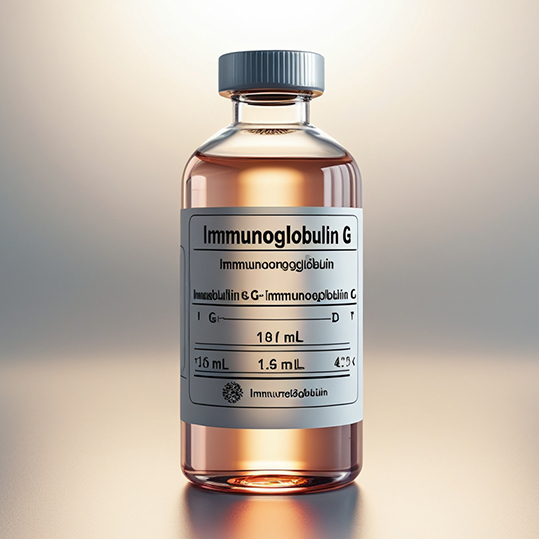
Donación de plasma
La donación de plasma es una alternativa segura y menos invasiva que la donación de sangre tradicional. En lugar de donar la sangre entera, se dona únicamente la porción líquida (el plasma), mientras que los glóbulos rojos y blancos se devuelven al donante mediante un proceso especializado llamado plasmaféresis.
Durante el procedimiento, una máquina de aféresis extrae la sangre, separa el plasma de las células, y estas se regresan al cuerpo. El plasma recolectado se almacena en un contenedor estéril para su uso médico.
Como el cuerpo conserva las células sanguíneas, la recuperación es más rápida, el plasma se regenera en solo dos días, permitiendo donar con mayor frecuencia que con la donación de sangre completa.
¿Qué es el plasma sanguíneo?
El plasma sanguíneo es la parte líquida de color amarillo claro de la sangre, en la cual no están presentes las células sanguíneas, pero que contiene proteínas y otros componentes de la sangre total en suspensión. Representa aproximadamente el 55% del volumen total de sangre del organismo. Está compuesto principalmente por agua (hasta un 95% del volumen) y contiene proteínas disueltas importantes (hasta un 8%).
Las proteínas más destacadas del plasma son las albúminas, las globulinas, el fibrinógeno y los factores de coagulación.
El plasma desempeña un papel fundamental en la protección del organismo frente a infecciones y en la prevención y manejo de diversos trastornos hematológicos.

Dependencia de una materia prima donada
El plasma sanguíneo donado contiene proteínas plasmáticas esenciales. Estas proteínas se utilizan para la fabricación de medicamentos. Las personas gravemente enfermas que padecen, por ejemplo, inmunodeficiencias genéticas, dependen de estos fármacos durante toda su vida.
No existe un producto sustituto para las inmunoglobulinas en estos pacientes.
Muchas otras enfermedades también se tratan mediante proteínas plasmáticas. Sin embargo, debido a que el mundo no dispone de suficiente plasma, no todos los pacientes pueden recibir tratamiento, y mucho menos todas las indicaciones terapéuticas.
La mayor parte del plasma proviene de donaciones realizadas en los Estados Unidos.
El plasma sanguíneo está reconocido por la OCDE y la OMS como un material prima crítico.

Plasma de Fuente

Plasmaféresis
La introducción de donaciones por plasmaféresis puede realizarse de diferentes maneras.
Algunos países remuneran la donación; otros no lo hacen.
Las normas y regulaciones sobre la plasmaféresis varían de un país a otro, como por ejemplo el número de donaciones permitidas.
Te apoyamos para encontrar la forma de implementar la plasmaféresis en tu país.
Desarrollamos el concepto y el modelo contigo y para ti.

Fraccionamiento de plasma según Cohn
La donación de plasma es una alternativa segura y menos invasiva que la donación de sangre tradicional. En lugar de donar la sangre entera, se dona únicamente la porción líquida (el plasma), mientras que los glóbulos rojos y blancos se devuelven al donante mediante un proceso especializado llamado plasmaféresis.


